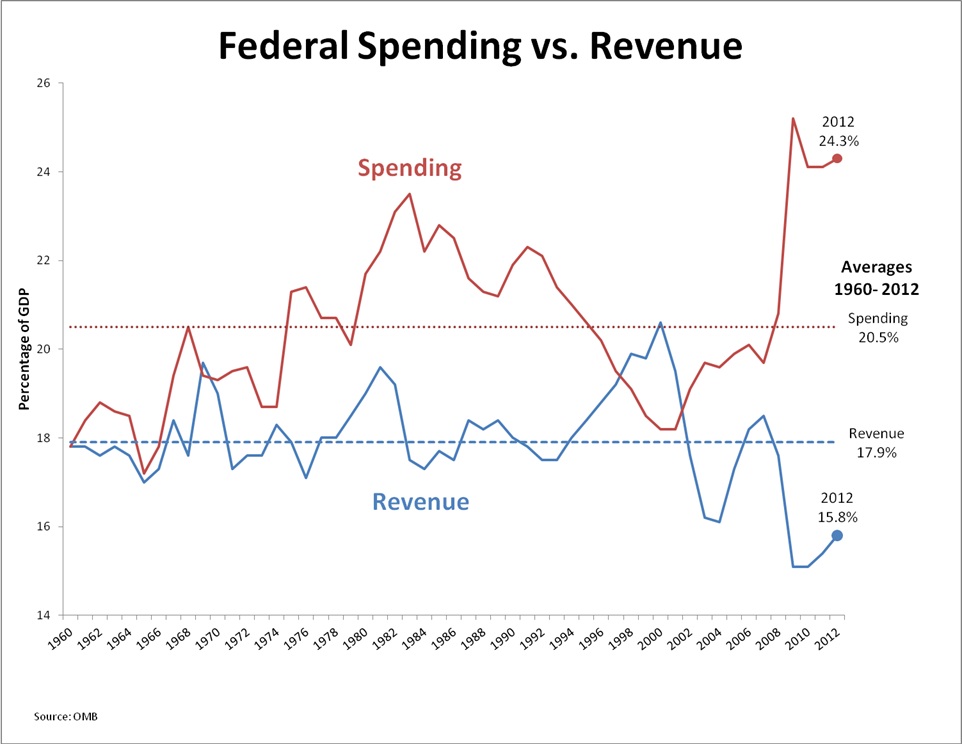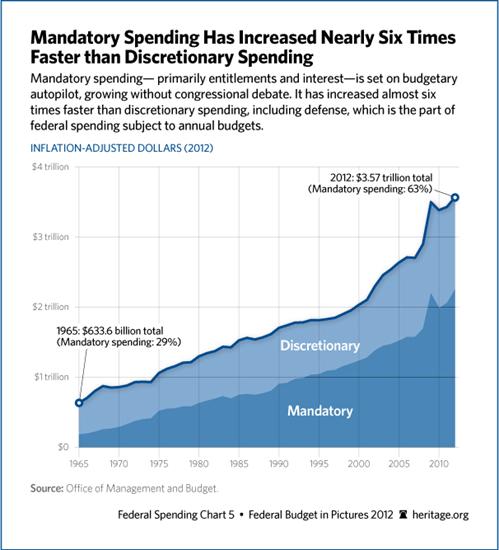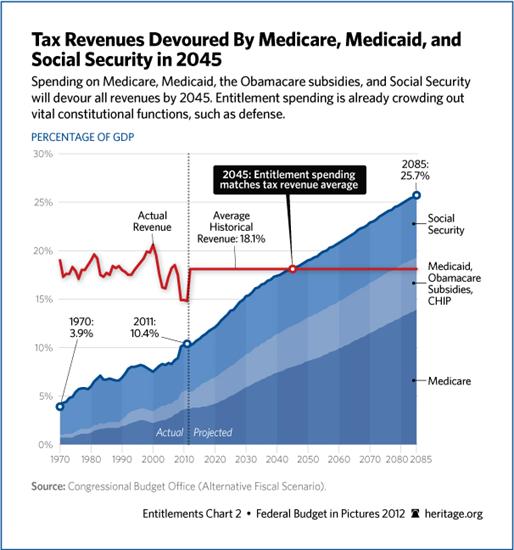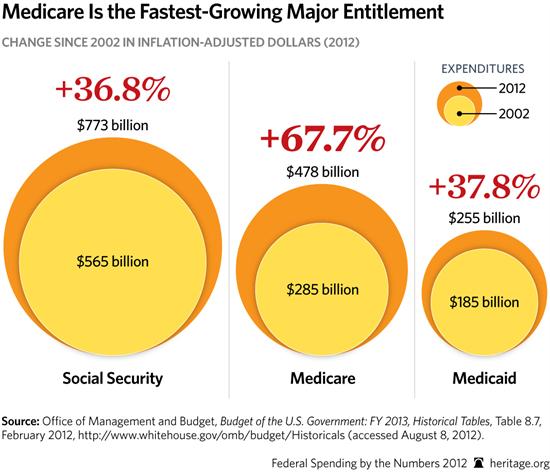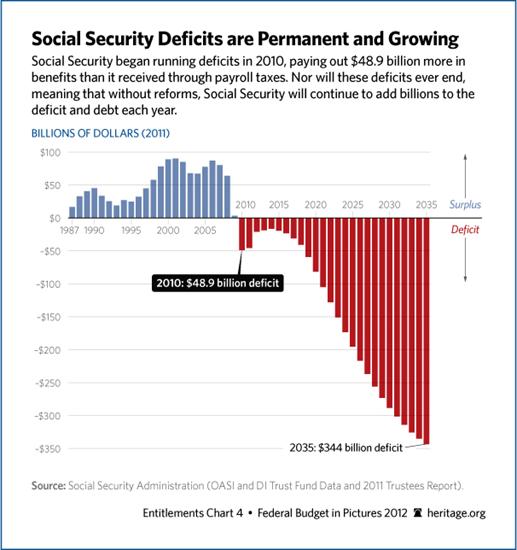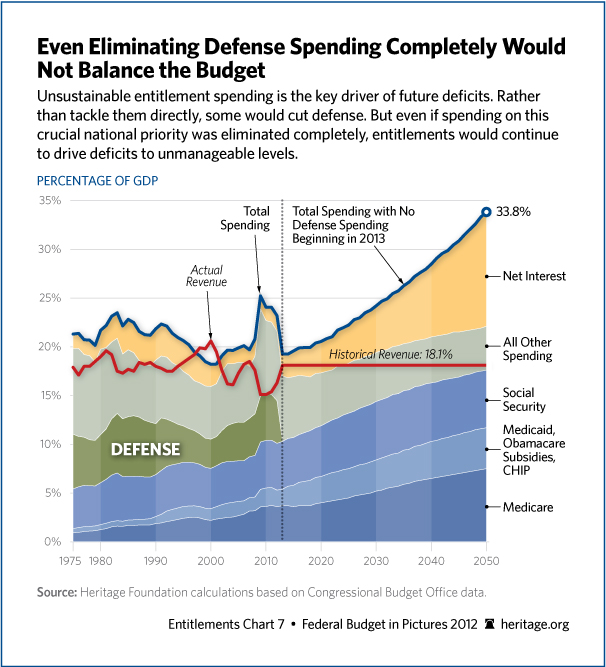Federal Budget
|
Federal Budget Federal Spending and the Debt
It is clear to most Americans that the government simply cannot continue to spend so much money. From 2008 until 2011, federal spending has increased nearly 30 percent. Now about 40 cents of every dollar that the federal government spends is borrowed. Deficits are higher than they have been at any time since World War II. Congress and the President have failed to pass a budget since 2008. While the House of Representatives continues to pass a budget each year, it has been more three years since the Senate under the leadership of the Democrats has passed their version. This irresponsible failure has added to the fiscal mess our country is in. We will not solve these problems with a single bill, but we must continually make progress to restore fiscal sanity. In February of 2011, I voted for H.R. 1, which passed the House and would take non-security, discretionary spending back to 2008 levels. For most programs, that level of funding will be a significant reduction from the inflated 2010 levels. Those higher levels cannot be sustained. The next challenge is to pass a budget for 2013. President Obama has sent Congress his proposals, but his budget does not take the serious steps that are necessary to get the country back on track. I hope that the House will do better. Between now and the end of the year Congress will be working on a solution for the automatic cuts set to take effect on January 1, 2013. I believe that a top priority must be to get defense off of the table. I also hope that we can enact some of the key funding limitations already passed by the House dealing with the health care bill, EPA regulations, and abortion funding. Many difficult decisions must be made, but I believe that Congress must remember that every dollar it spends is either taken from a taxpayer who earned it or borrowed – with interest – for future generations to repay. We cannot correct all of the mistakes of the past at once, but we have to get started now at putting the country on a fiscally responsible path. Direction of Spending Most Americans know that federal spending has been increasing in recent years. But I suspect that few understand how historic the spending increases have been. The chart below shows federal spending over time as a percentage of the economy. In 2012, federal spending was nearly $3.8 trillion, which is 27 percent more than when President Obama took office. What is your money spent on? Federal spending is generally divided into three categories: mandatory, discretionary, and net interest. Mandatory Spending – Nearly two-thirds of annual federal spending is used for mandatory spending programs, also known as entitlements. Mandatory spending means that once the program is established, everyone who qualifies receives the benefit. It does not require the government to allocate a certain amount of money; the payments are made automatically without any further votes by Congress. It includes programs like Social Security, Medicare, Medicaid, and food stamps. Interest payments on our debts are also considered mandatory since they must be paid. The chart below shows total federal spending and highlights the portion that is in mandatory programs. As you can see more than 60 percent of federal spending is devoted to mandatory programs and interest payments. Net Interest - Net interest is the only part of future spending that cannot be reduced by legislative action because it is money that must be paid to service the U.S. debt. Net interest payments today make up over six percent of the federal budget, but that percentage could increase if interests rates rise. Unfortunately, many economists predict that those rates could rise dramatically over the next decade. Future Projections Medicare Some people may believe that they are just receiving the Medicare benefits they have paid for with their taxes. However, according to a 2011 study by the Urban Institute, a couple with two earners making an average wage receives benefits worth three times what they paid into Medicare over their working life. If there is only one earner in the family, the couple receives a benefit that is nearly six times what was paid through taxes. In fact, Medicare costs have jumped over 65 percent over the last ten years, more than any other major program. Social Security It is often said that Social Security does not contribute to the federal deficit, but this is not true. Since 2010, Social Security has had to pay more money out in benefits than it receives in tax revenue. To make up for this shortfall, Social Security redeems IOUs from the federal government that are being paid back with additional interest. In 2011, Social Security IOUs earned $114 billion in interest. The only way to redeem these IOUs is through taxes and borrowing from general revenue. Defense Spending Defense is the first job of the federal government, and I think the first money the federal government spends should be for national security. Of the $1.2 trillion in automatic spending cuts set to begin in January, half will come from domestic programs and the other half from defense. This means that while it makes up only 19 percent of the federal budget, nearly 50 percent of the deficit reductions will come from defense. These $500 billion in cuts would come on top of $486 billion in defense cuts already set to begin in January. Even if the government eliminated all spending on defense, foreign aid, federal salaries, and all other discretionary spending, we would still have a deficit this year of several billion dollars. In other words, all of the money that goes into the federal government in taxes is not enough to pay for the entitlement programs. A more detailed look at how the federal government spends your money can be found below. Related Documents:
Blog -
Federal Spending - Where Your Money Goes
Related Files:
The "Fiscal Cliff": Macroeconomic Consequences of Tax Increases and Spending Cuts
|
||||||||||||

